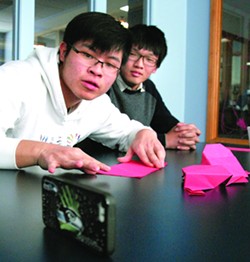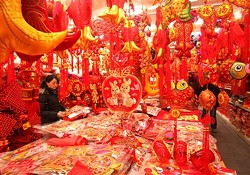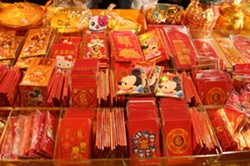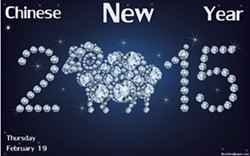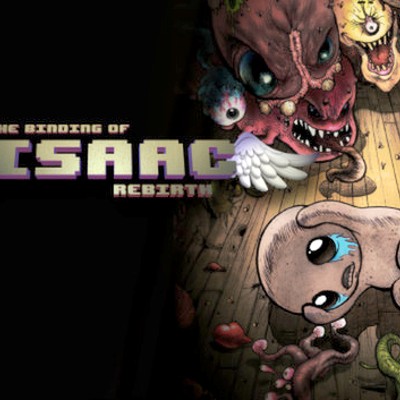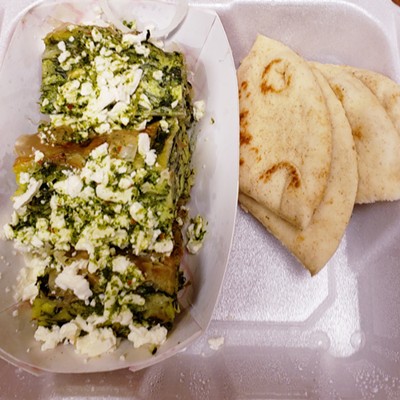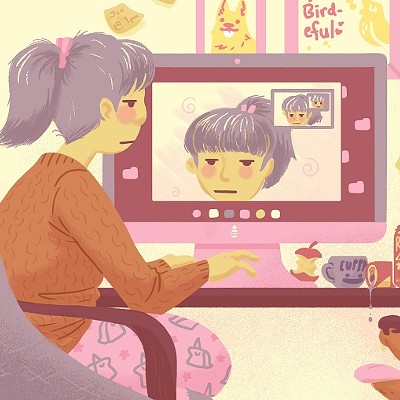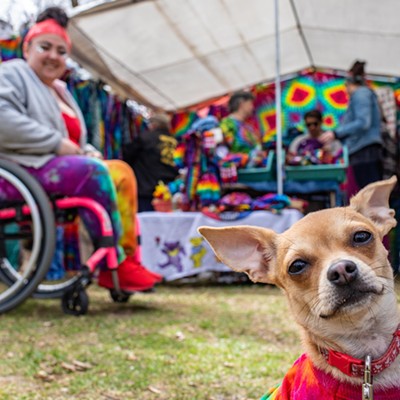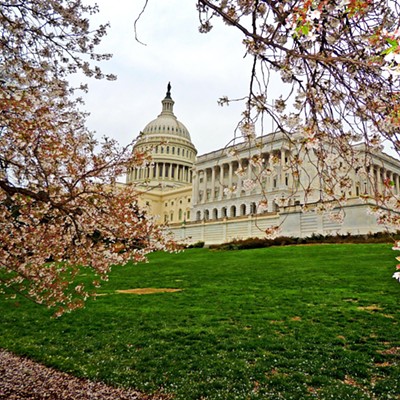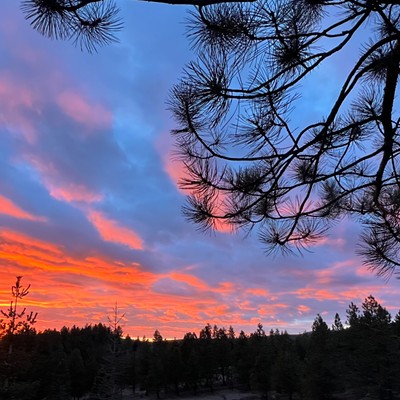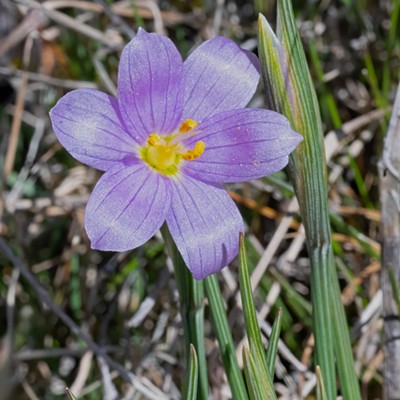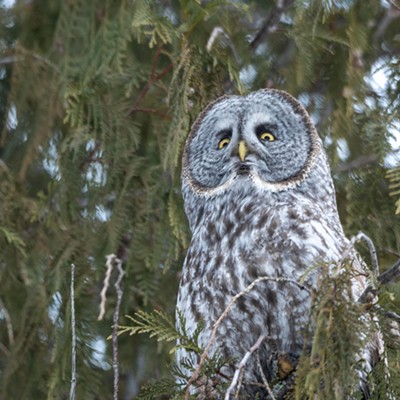By JENNIFER K. BAUER
LEWISTON — Happy new year! No, it’s not late.
According to the Chinese lunar calendar, Thursday, Feb. 19 is the first day of 2015, the year of the horned sheep, or goat, depending on who you ask. In other parts of the world this is the most significant holiday of the year, steeped in ancient tradition and legend.
In Lewiston the occasion will be marked at the Lewis-Clark State College Center for Arts & History, home to the Beuk Aie Temple exhibit of artifacts brought to the region by Chinese pioneers. A new video about the exhibit will be shown, Chinese customs will be discussed and tea will be served (info below).
While Lewiston has old connections to the Chinese, it also has new ties. Inland 360 visited with two LCSC exchange students from Taiwan. Yu-shen Lin (Sam), 21, majoring in mechtronic engineering and Yu-cheng Chien, 22, majoring in industrial management, are studying at the college this year. Over a cup of imported tea from Sun Moon Lake, the biggest lake on their island, they were happy to share their culture. Chinese New Year, also called the Spring Festival, begins with a new moon and ends 15 days later with the full moon. Homes are decorated with red banners with auspicious Chinese picture words like “fortune,” “spring,” “happy” and “family.”
Day One
On the first day, families gather for a feast of traditional and symbolic foods. Examples include fish and pork leg, which means bad luck out and new coming in, Lin says. Oranges are symbolic of longevity. People sit at round tables to symbolize reunion, Chien says. Rice noodles are served. One does not want to cut or break the noodles when pulling them from the dish because that would symbolize cutting your life short. It’s not a worry because they are rubbery, he adds.
“Long life vegetable” is common. The two bend over their phones to translate what this is and decide it is possibly mustard greens. Chien’s family will eat Buddha Jumps Over the Wall soup with taro root, quail egg, bamboo shoots, sea cucumber, and other ingredients, including an environmentally friendly alternative to shark fin. At both their homes their grandmothers make the dishes.
“Now days people are getting lazy. They call and order traditional foods from the store,” Chien says. “People are busier than before.”
When their grandmothers are gone, they do not think anyone in their families will know how to prepare the dishes.
“My mom try to learn to prepare. It’s hard. It tastes not similar,” Lin says.
“The recipe is in their heads, in their bodies,” Chien agrees.
Children are given gifts of money in red (an auspicious color) envelopes with good wishes. How much depends on the family, the men say, but usually it is in even-numbered denominations, because that is considered lucky. Except for the number four, because in Chinese the word for four is homophonous to the word death. This is why there are no fourth floors in hospitals and other buildings in many Asian countries, Chien says.
People also visit their particular house of worship this day to make a donation.
Day Two
On the second day, families travel to the home of the mother’s family. Once a woman is married, she becomes a member of her husband’s family, the men explain. This day they honor her family with a visit and more feasting.
Day Three
This is a recovery day. People sleep in, go out in nature and visit neighbors.
Day Four
A feast is prepared for the family’s god. Depending on their religion this could be Buddha, Christ or another deity. There is a ceremony of invitation in the afternoon and the family eats the meal later. As a boy, Chien admits, he sometimes tasted the food before it was offered to Buddha at his house.
“Naughty boy,” Lin chides.
Day Five
Parents return to work for a celebration. There is more food and lots of fireworks, which are thought to expel the old and bring in the new.
Days Six to Nine
These are traditionally reserved for immaculately cleaning the home. Since many parents must now return to work this task is left to family members who don’t work, like grandparents and children. Sometimes cleaning is done before the celebration begins. It is considered bad luck to clean during the first five days of the new year because one could sweep away new good luck. Cleaning is done in a direction to keep the new luck inside the home.
The Year of the Sheep
While some Chinese recognize 2015 as the year of the goat, for the two Taiwanese men it is the year of the sheep, one of the 12 symbolic animals of the Chinese zodiac. To them the animal symbol has little meaning, unless you were born in the year of the sheep, then you would need to be extra careful this year.
The Origins of Chinese New Year
The legend of Chinese New Year begins a long time ago with a dragon that threatened to destroy the people and their country, Lin says. Winter was dark and people were afraid and stayed in their homes. People used fireworks and the color red to scare the dragon away.
“We can’t verify if it’s true or not. We heard this story when we were young,” Lin says with a smile.
if you go WHAT: Chinese New Year at the Center WHEN: 4:30 to 6:30 p.m. Thursday, Feb. 19 WHERE: Lewis-Clark State College Center for Arts & History, 415 Main St., Lewiston COST: Free OF NOTE: The event includes tea and refreshments, a talk by Priscilla Wegars on “Chinese Customs and Traditions,” viewing of the short film “Beuk Aie Temple: At the Confluence of Three Cultures,” and traditional pipa played by Jiahong Li.

